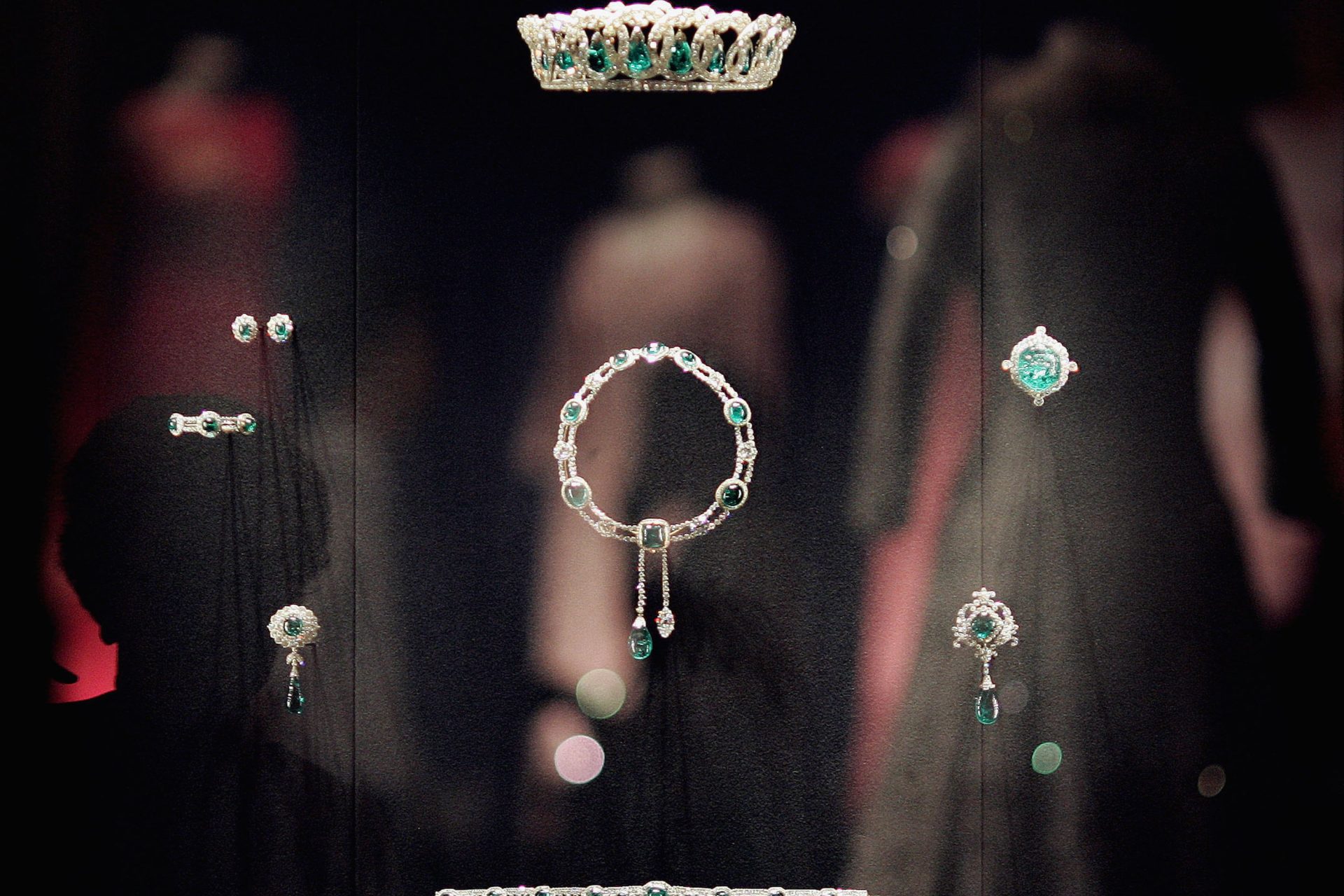What happened to the Romanov jewelry?
The tragic end of the Romanov family led to countless mysteries. They included the conspiracies surrounding their extremely valuable jewels, a true treasure that was allegedly smuggled or sold by members of the royal family.
On July 17, 1918, just over a year after the Russian Revolution of 1917, the Soviet secret police ambushed members of the Romanov family and shot them in the middle of the night.
They killed Tsar Nicholas II, his wife Alexandra, and their five children, Olga, Tatiana, Maria, Anastasia, and Alexei.
It was the end of a dynasty that had ruled the Russian Empire for more than 300 years. After the executions, many of the family's jewels disappeared.
The Bolshevik revolutionaries took the jewelry the family wore on the day of their death, but the rest of the pieces remained hidden. They were only found and recognized many years later.
Recently, jewelry belonging to Grand Duchess Maria Pavlovna (1854-1920), the aunt of Nicholas II, went up for auction in Switzerland. The pieces had been collected secretly, in the Vladimir Palace in Saint Petersburg, in September 1917.
The treasure was kept in a secret vault and the pieces were dismantled. The aim was to get them out of Russia, wrapped in old newspapers, bound for London.
This risky operation took place amid the Bolshevik revolution led by Lenin and also during the First World War.
"During the revolution, Maria Pavlovna handed over the jewels to someone she trusted. The English diplomat Albert Henry Stopford was tasked with protecting them in London," explained Olivier Wagner, a specialist at Sotheby's auction house, to the French news agency AFP.
The safest way to leave Saint Petersburg was, first, by train through Finland to Norway. However, as German submarines patrolled the North Sea, the smugglers chose another journey - from southern Sweden to Scotland - as the shortest and safest route for the jewelry to London, according to Isto É magazine.
Maria Pavlovna (image) was one of the last to leave Russia, in 1919, after seeing her family annihilated.
The Romanov jewelry consisted of spectacular pieces, some of the most extravagant in history. In the photo, we see the Vladimir Tiara, made of diamonds with drop-shaped pearls. Duke Vladimir Alexandrovich, the younger brother of Emperor Alexander III, presented it to his future wife, Maria of Mecklenburg-Schwerin.
The Tiara was later sold to Mary of Teck, Queen Consort of the United Kingdom from 1910 to 1936, and the grandmother of Elizabeth II.
Since then, the piece has been used by several members of British royalty, from the late Queen Elizabeth II to the current Princess of Wales, Catherine Middleton.
The Romanov relics are highly valued by British monarchs. In the photo, Princess Anne wears a choker with four rows of pearls and a large central sapphire, surrounded by diamonds set in gold.
The piece belonged to Maria Feodorovna, mother of Nicholas II. It was also purchased by Maria de Teck, Anne's great-grandmother, in 1931, El Mundo reports.
As we have seen, royal jewels do not belong to a single reign, nor are they trapped in vaults or museums. They are part of royal history, as one of its most symbolic objects. The Romanov jewelry, in particular, largely ended up qwith the British royal family.




























